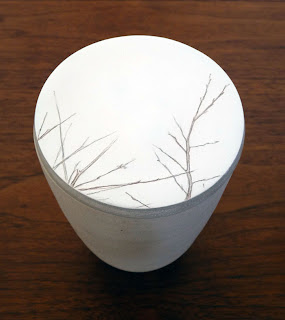I have a few stones that I picked up in random places over the course of several years. There's one from a field in Wiltshire, one from the Norfolk coast, some from Long Beach. I don't know which one's which anymore. I arranged them in a circle on my bookshelf. Maybe this is a nod to Richard Long, one of my favorite artists. Perhaps also a nod to the stone circles in Wiltshire.
When we visited Avebury two years ago a man named Peter taught us how to dowse in order to find the energy lines under our feet. He explained how the various stones resembled animals and people. They seem to be ordered in a masculine / feminine rotation. We touched the stones and they were warm although the air was cold. We walked around Avebury, following a chalk path as the sun set and the moon intensified.
A few days later we were in Cornwall. My best friend Kirsten told me about a village called Zennor and suggested we visit it - so we parked the car in Zennor and walked around. Rob and I wandered aimlessly through fields. We passed a building which must have been a village center of some sorts. We heard drumming and chanting through the windows and doors. Piquing my interest I approached the door hoping to find out more about the sounds, thinking I'd find a roomful of people dressed in shaman's feathers and pelts. I found nothing because the door was closed and I was too scared to open it. It happened to have been 31 October - Halloween to some, Samhain to others. I believe it was Samhain to the drummers inside the Zennor village hall.
 |
| Zennor, Cornwall on Samhain |















